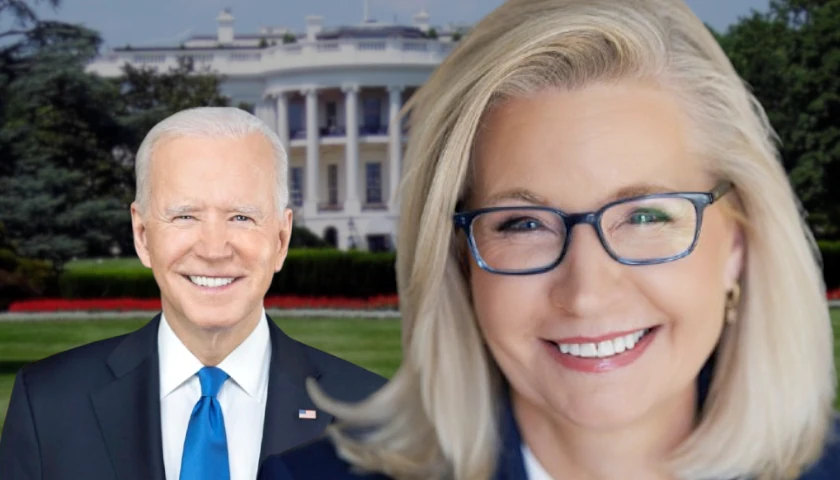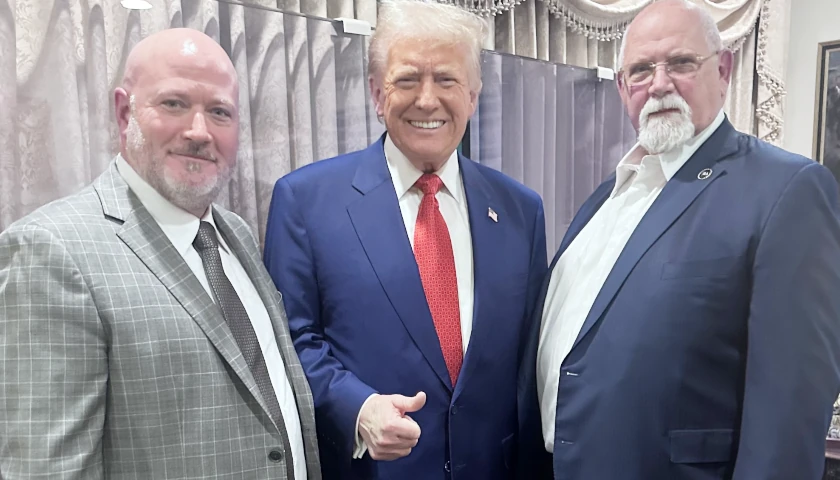by Kalev Leetaru
December has been a whirlwind month in the Twitterverse. A new academic study argued that hate speech was surging on the platform, while new company owner Elon Musk countered that such tweets were being quietly hidden, so they didn’t count. High-profile journalists were abruptly suspended and restored with little explanation, with condemnations from the EU and UN. All the while, the so-called “Twitter Files” allowed an unprecedented inside look at the messy and controversial world of platform moderation. What can we learn from all of this about the how the social platforms at the heart of our digital democracies are run?
Twitter is unique among major social platforms in that outside researchers can access a real-time data feed of every tweet ever sent. This enables external audits of its content and is the means by which researchers have been able to document a significant rise in hate speech. But there’s a catch: Because Twitter does not make available the number of views each tweet gets, it’s impossible to distinguish between a tweet that received millions of views and one that was seen by three people. This difference between production (sending a tweet) and consumption (how many users see that tweet) lies at the heart of the dispute over Twitter’s changes to its moderation practices. Researchers claim hate speech is soaring because that is what they can measure, while Musk claims those tweets aren’t being seen, based on data that only Twitter itself possesses. If Twitter were to make such viewership data available, it could both generate rich new revenue streams and demonstrate to its critics that its visibility filtering is as effective as it claims.
In one of the company’s most controversial moderation decisions since Musk took ownership, Twitter suspended a group of journalists last week, before restoring some of them just days later, leaving others banished and suspending new ones. Musk’s explanation, delivered after the fact with little specificity, was that he was only silencing journalists who were engaged in “doxxing” behavior that put his own family at risk.
This wasn’t necessarily true: Some of those suspended were merely covering the controversy. But what was undeniably true was that only days earlier, the legacy media had largely ignored the revelations of the recent “Twitter Files.” The mainstream outlets that did cover it were mostly dismissive, arguing that Twitter is a private company that has the right to decide which voices to allow or disallow and does not owe any explanation to conservatives banished in the past.
Yet when their own voices were suddenly silenced, the same mainstream media condemned the idea that voices could be silenced “without warning, process, or explanation” and denounced the “zero communication from the company on why I was suspended or what terms I violated.” Buzzfeed reporter Katie Notopoulos best summarized the reactions in her comment to Musk himself: “It’s highly unusual for a journalist at The Washington Post and The Washington Times to have their Twitter account suspended.”
In other words, Twitter is a private company that can silence whomever it likes – until it comes for them. In this way, the “Twitter Files” served as a kind of Rorschach test, as Musk likely knew it would. Working with a hand-picked set of journalists, he granted access to selected internal correspondence and data to offer a never-before-seen glimpse into how Twitter has conducted some of its most controversial moderation decisions.
The first release, on Dec. 2, offered more detail on the company’s decision-making around suppressing the Hunter Biden laptop story and the degree to which partisan players with an interest in the outcome influence how Twitter prioritizes content removals. While containing no bombshell revelations, the tranche of internal emails nonetheless documented the routineness of external influence in Twitter’s enforcement. Yet the larger, unanswered question is what this landscape of external takedown requests really looks like: Who is the cast of characters that has access to this direct line into Twitter’s removal teams? Releasing the entire archive of these requests would enable journalists and scholars to form a more complete picture of what was taking place.
The second release, on Dec. 8, focused on how Twitter quietly adjusts the visibility of tweets, accounts, and even entire topics in real-time to nudge its platform away from speech it views as allowable but “harmful.” While this was seized on as a newly uncovered revelation, the company has for years openly touted this “visibility filtering” as a powerful tool for addressing speech it believes detracts from its community. The real story is whether this filtering has been applied more to some constituencies than others. If Twitter were to release a master list of everything that has ever been subject to visibility filtering over time, this would go a long way toward answering this existential question. As a first step towards such transparency, Twitter says it will soon alert users about whether they themselves are subject to filtering.
The third, fourth, and fifth releases, Dec. 9-12, documented Twitter’s banishment of Donald Trump in January 2021. While offering slightly more detail on his removal, the emails largely match what had already been widely reported.
The sixth release, on Dec. 12, focused on Twitter’s engagement with law enforcement, specifically the FBI. Combined with earlier revelations of government-requested visibility filtering, it revealed the deference the company granted government agencies and select outside organizations. While any Twitter user can report a tweet for removal, officials at the platform provided more direct and expedited channels for select organizations, raising obvious ethical questions about the government’s non-public efforts at censorship. It also captured the degree to which law enforcement requested information – from the physical location of users to foreign influence – from social platforms outside of formal court orders, raising important questions of due process and accountability.
Despite this trove of internal documents raising profound questions about the role of outside influence in platforms’ decisions, the amount of media coverage the Twitter Files received was almost utterly dependent on the partisan orientation of the media outlet itself. As of Sunday, Fox News had mentioned them 943 times, compared to just 33 mentions on CNN and just 29 on MSNBC. In contrast, the 2021 “Facebook Files,” in which internal communications and documents from the company were released to the public by a whistleblower, garnered global media coverage.
Besides ideological considerations, the biggest difference is that the Facebook Files consisted of a vast tranche of internal documents that were released under embargo to a wide array of mainstream news outlets who could all review and report on them, contact sources for comment, contextualize them, etc. Those documents were provided in their entirety to newsrooms, enabling reporters to see their full context and counteract claims of cherry-picked statements.
And Twitter co-founder Jack Dorsey himself has called for all of the underlying Twitter Files documents to be released to the public – sidestepping why he is only now embracing the idea of moderation transparency when these actions occurred under his watch. Releasing the documents in full would address the emerging consensus in the media world that might be best summarized as “Musk is baiting mainstream media companies to cover a manufactured scandal about something that happened years ago” with “cherry-picked so-called evidence.”
In the end, the Twitter Files provide few revelations that were not already widely known and reported on. That Twitter’s moderation practices and external engagements are so surprising to the American public offers a stark reminder of just how little the public understands about the way social platforms work. In the end, however, perhaps their greatest lesson is just how urgently we need transparency into the inner workings of the social platforms that form our modern digital public square.
– – –
Kalev Leetaru is a RealClearPolitics contributor whose areas of research include trends in news coverage, fact-checking, and social media platforms.
Photo “Elon Musk” by Daniel Oberhaus. CC BY 2.0.




